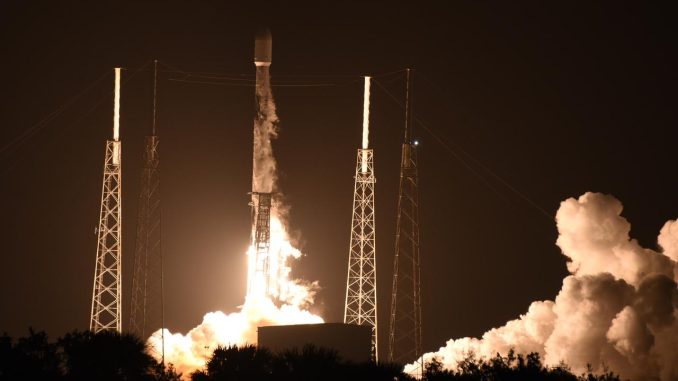
The Solar Powered Second Chance of SLIM
Picture this: A lunar lander from the Japanese Aerospace Exploration Agency (JAXA) named SLIM (Smart Lander for Investigating Moon), makes a flawless descent and landing on the moon. But shortly after, something untoward happens. A technical glitch causes the solar panels to skew away from the sun, thus depriving the spacecraft of its primary energy source. The backup battery only powers the lander for a few hours before it powers down and loses communication with Earth. This scenario recently unfolded, leaving the SLIM marooned on the lunar surface.
However, due to the shifting spatial position of the sun from the moon and the lander, the onboard solar panels are now able to capture sufficient sunlight. This serendipitous occurrence has powered the spacecraft back to life, allowing JAXA to regain contact with their lunar lander, much to their delight.
Lunar Research against the Clock
With communication reestablished, JAXA is keen to tap into the research and data SLIM has compiled so far. However, time is of the essence. Lunar nights, characterized by the absence of sunlight are not only around the corner but also last approximately fourteen Earth days. During this period, the lander will be unable to generate solar power and has to endure severe cold, conditions it is not designed to survive.
SLIM: More than Just a Lander
The SLIM spacecraft mission aims to test new landing technology. The system uses automatic recognition to identify potential landing hazards such as craters and dangerous rocks on the moon’s surface. The success of this technology was validated when SLIM landed a mere 55 meters from its set target, a remarkable feat considering how previous moon landings often missed their planned sites by several miles.
Exploration and Innovation: a Lunar Milestone
Alongside the successful testing of navigation technology, SLIM bundles other essential scientific tools for investigating the lunar surface. Equipped with a state-of-the-art onboard camera, the lander is configured to perform detailed inspection of rocks surrounding the crater it landed in. The space vehicle also holds reconnaissance vehicles programmed to dissect and analyze the lunar terrain better. Even though these rovers were released just before landing, they later embarked on their designed missions successfully.
SLIM has not only marked Japan’s first successful mission to the moon’s surface – following the successful deployment of two Japanese satellites in lunar orbit – but also underscores the versatility of landing technology. Future missions to the moon might not be restricted to flat areas devoid of hazards but could also extend to hilly and cratered terrains, thereby broadening exploration areas and chances of finding water traces.

Be the first to comment